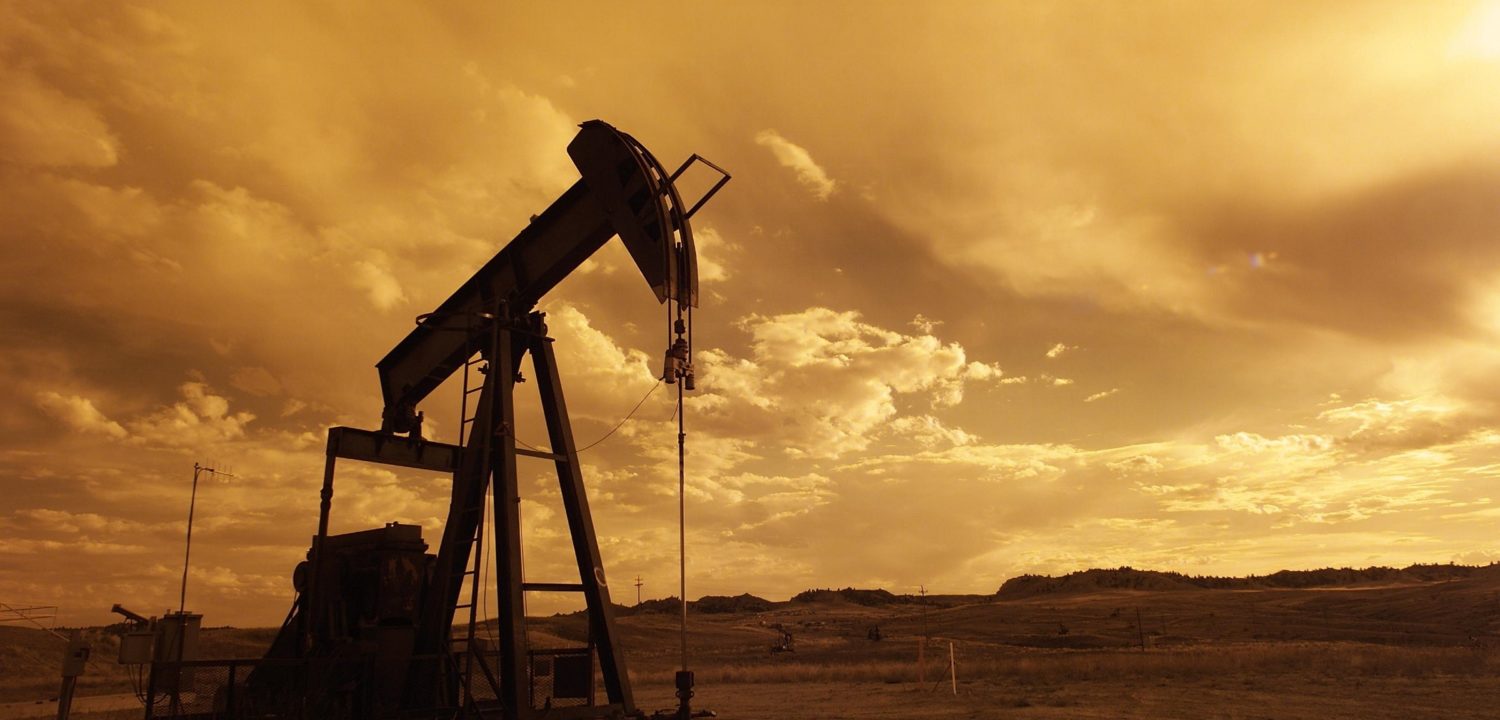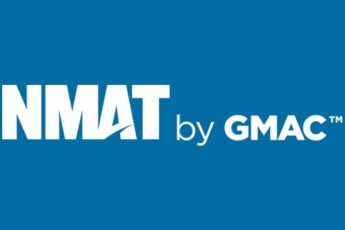Filling up strategic Oil reserves- A Win-Win Policy
The blog is written by Aviral Singh. The Author is a MBA student of IFMR GSB at Krea University
India is the third-biggest oil consumer in the world after The United States & China. It imports approximately 82% of its oil needs. Due to its heavy dependence on foreign markets for oil, it cost a lot on the country’s financials. India spent US$ 63.305 billion in the financial year 2017-18 on its crude oil imports. Moreover, it’s high reliance on foreign nations for its oil needs forces India to formulate its foreign policy accordingly and always possess a strategic challenge for India to meet its demand should there be any unforeseeable event.
In order to mitigate that risk, India came up with underground strategic oil reserve facilities at Vishakhapatnam, Mangalore and Padur. Which has a combined storage capacity of 5.33 million tonnes. Once full these reserves can help India meet 9.5 days of its oil needs. Given the rising demand for energy needs in India and oil forming a large proportion of it the government value these reserves a lot and always hunt for getting a good bargain in terms of price for filling up these reserves.
In the present scenario, the price of Brent crude is tanking like never before. While you think that it is all because of the slump in global oil demand due to Covid-19 outbreak you are seeing only half aside of the coin. Oil prices can be kept at high-profit margins despite demand slump if the supply is controlled through production cuts. OPEC along with Russia and The US are 3 big stakeholders when it comes to oil supplies. All 14 nations of OPEC wanted to cut the production so as to keep the prices of oil steady but non-compliance with Russia which is the third-biggest oil supplier has led them into a production war with both parties keeping the supply steady and even ramping up at times which combined with the huge drop in demand due to covid-19 outbreak it has lead to the sharp decline of oil prices a 40% drop in its price in March and right now the price of it is trading between $ 20- $ 30 per barrel which is at a record low.
This has led to the huge opportunity for high consuming high dependent oil importer India which can take advantage of low oil prices. However, sluggish growth of the economy due to low demand and the covid-19 outbreak has come as a double whammy for India which has resulted in low demand for oil from in the past few months. It can be observed from the fact that the demand for diesel which accounts for about 40% of the country’s oil requirement fell 7.4% in October 2019 due to slow growth in the economy. With that being said it happens to be that India has found another way to turn this tide in its favour despite all the odds and that is by ordering middle eastern oil to fill up its reserves. This single move has led to the serving of two important purposes which are of long-term importance to India both in terms of trade and diplomacy. First to take advantage of low oil prices to fill up its 5.33 million tonnes of empty oil reserves which are created by India Strategy Petroleum Reserve Ltd and it is being done by buying Brent crude worth of Rs 5000 crore at the dirt-cheap rate of around $ 30/barrel and secondly by giving a strong signal of solidarity to its trade partners and strategic allies in The OPEC and USA by doing its bit to stabilize the plummeting oil prices and help bridge the demand-supply gap.
I believe such a strategic move in this testing times is a masterstroke in the favour of nation from every aspect and has already started paying dividends by helping us to fully load our strategic reserves without a heavy hole on our critical current account deficit. On the diplomatic front, such gesture by India will be seen as a friendly move towards our high-value partners in the middle east which play a crucial role in both shaping up the national security policies and deciding the efficacy of foreign policy.
A lot of managerial learning to take away here especially with respect to long term vision and strategic thinking while decision making which was portrayed by our bureaucrats in this low profile yet crucial decision which was taken recently.
The opinions expressed in this article are those of the author. They do not reflect the opinions or views of Krea University or its members.






Leave a Comment